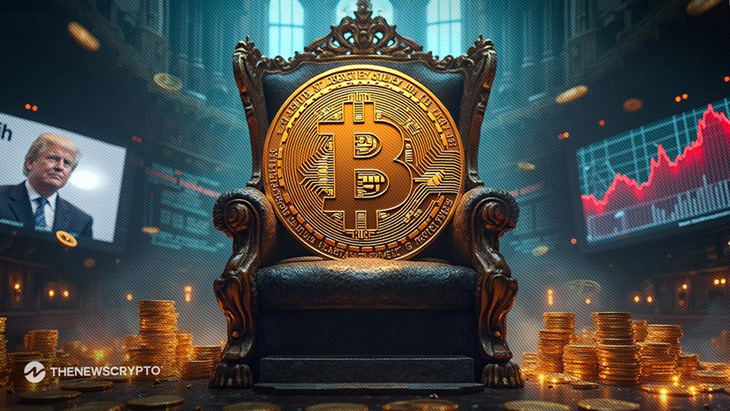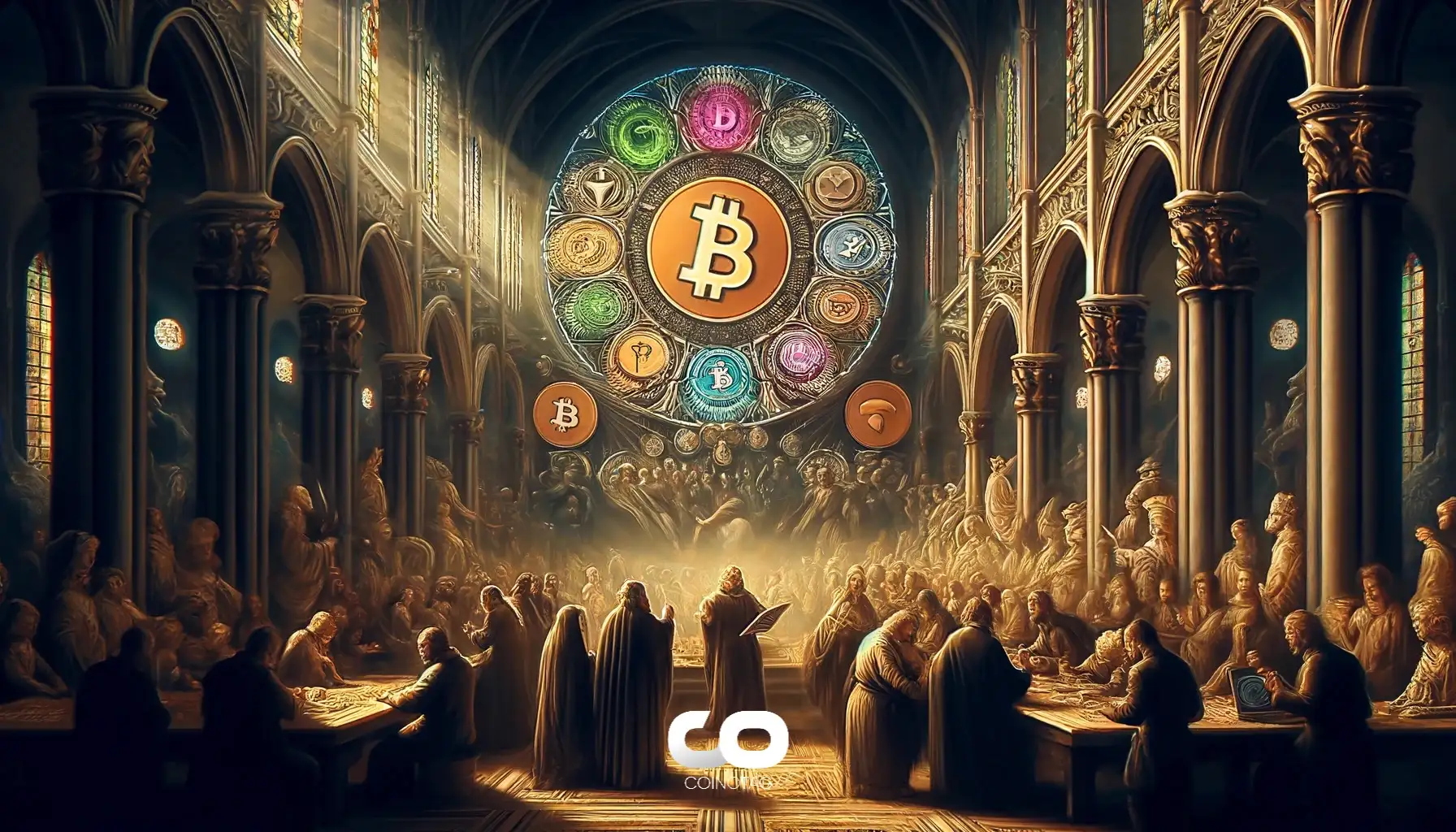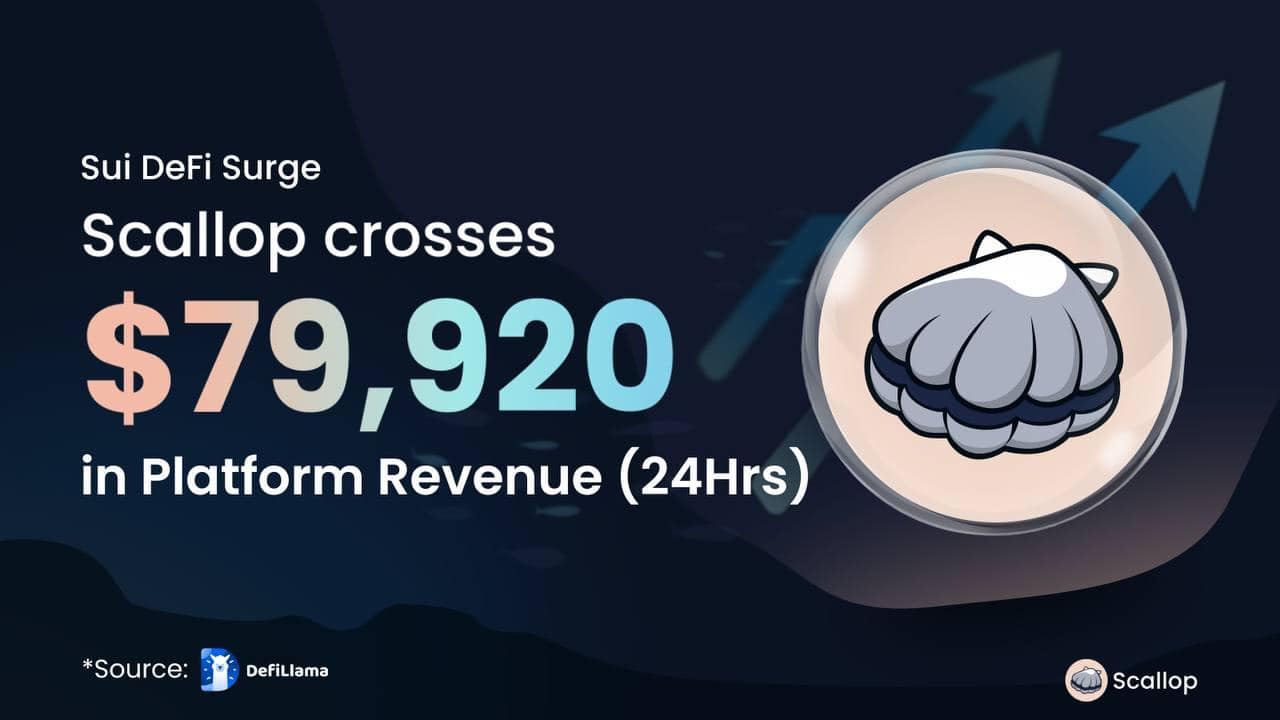Donald Trump stunned the world when announcing plans to create a U.S. Crypto Strategic Reserve, signaling a dramatic reversal in the government’s attitude towards digital assets.
For many crypto adherents, the decision to create a strategic reserve acknowledges the growing value of digital assets and their increasing importance to the global economy. Previously, the U.S. government has always been very cautious about crypto, citing misgivings about its volatility, the security risks for investors, and the uncertainty in terms of regulation.
However, Trump is shifting this perspective, giving more legitimacy to crypto assets as financial instruments that can help to strengthen the global economy.
In his executive order creating the U.S. Crypto Strategic Reserve, Trump announced it would include five cryptocurrencies to begin with. Bitcoin ($BTC) and Ethereum ($ETC) were obvious choices, while $XRP’s speed and adoption by banks has made it a valuable asset in global finance. Solana ($SOL), the third-biggest blockchain, is also a key asset, and Cardano ($ADA) adds more credibility with its research-driven approach to blockchain.
That said, it wouldn’t be at all surprising if Trump were to extend this list to include additional digital assets in his strategic reserve. After all, there are plenty of other cryptocurrencies offering real value and utility. So let’s take a look at some of the “dark horse” cryptos that might also be on the President’s radar as he goes about establishing his national Crypto Strategic Reserve.
1. $CRO
Crypto.com might not be the biggest U.S.-based crypto exchange (that honor belongs to Coinbase) but it still has plenty of prestige and its founder and CEO Kris Marszalek appears to be pretty close to Trump these days. That makes the exchange’s native token $CRO another possible candidate for inclusion in the U.S. Crypto Strategic Reserve.
Marszalek notably met with Trump for the first time in December when he was invited alongside other crypto industry dignitaries to his Mar-a-Lago resort in Florida. Among other things, they discussed strategies to implement Trump’s pro-crypto policies, as well as potential industry appointments for key government roles. In addition, they also talked about regulatory changes that could help to make America a more crypto-friendly nation.
It seems that Marszalek made a good impression on Trump, as he has since visited the White House multiple times since the President’s inauguration. That’s perhaps not surprising, as he has also developed strong relationships with a number of American heroes over the years, including the actor Matt Damon and the NBA star LeBron James. Crypto.com also works with the Los Angeles Lakers and various other American firms. That puts $CRO well and truly on Trump’s radar.
2. $AVAX
Some experts have suggested that Trump employs a market-weighted approach to building his crypto strategic reserve, in order to ensure that the selection of assets is neutral. If that’s the case, he’ll still probably exclude foreign crypto assets such as $BNB, giving priority to U.S. cryptocurrencies. That means Avalanche’s $AVAX stands out as a prime candidate, along with other high-ranking tokens like Polkadot (DOT), Dogecoin (DOGE) and Litecoin (LTC).
$AVAX has an advantage over those other U.S.-made tokens though, because it has emerged as one of the most popular blockchain ecosystems for America’s leading financial institutions. This stems in part from its focus on real-world asset tokenization, which is the process through which traditional financial assets such as stocks, bonds and commodities are represented and traded on blockchains, boosting the efficiency of those markets and increasing liquidity.
Numerous financial institutions have launched tokenization initiatives on the Avalanche blockchain, including U.S. powerhouses such as BlackRock, Citi, Franklin Templeton and Inversion Capital, to name just a few. For instance, BlackRock launched its first digital liquidity fund, known as BUIDL, on Avalanche, while Citi is using the Avalanche Spruce testnet to explore ways it can rearchitect capital markets using blockchain, smart contracts and tokenization.
3. $GRT
It’s not clear if Trump is aware of what The Graph is doing, but this American project is fulfilling a vital role in the blockchain ecosystem with its indexing protocol that allows developers and others to search for, and access data across every major blockchain. It provides a way for dApps to quickly find the information they need to power their features and services.
Still, Trump would likely be impressed by the sustainable business model that has steadily increased the value of the protocol’s native $GRT token, and it’s a project that’s growing in importance as it increases its number of integrations to span all of the major blockchain networks today.
Moreover, The Graph is likely to take on even more importance with the rise of artificial intelligence and AI-powered agents. Trump has made it clear that he’s very interested in AI, meeting with the leaders of companies like OpenAI and announcing Project Stargate, which aims to invest up to $500 billion in building out the computing infrastructure needed to support the next generation of powerful AI models. Many of these AI projects stand to benefit from decentralization and other elements of blockchain technology, and The Graph is well placed to play a key role in enabling those integrations. As such, it could make sense for the U.S. government to create a stockpile of $GRT.
4. $KAVA
If Trump is serious about putting America in the crypto driving seat then he should surely consider stacking up on $KAVA, the native token of the Kava DeFi protocol that has been pushing hard into the memecoin realm with its new HARD.fun platform.
Love ‘em or hate ‘em, memecoins are currently where it’s at in the crypto business right now, and with HARD.fun, Kava is leveraging AI smarts to help anyone create their own cryptocurrency, regardless of their technical skills.
HARD.fun is a decentralized memecoin creation platform, and unlike centralized alternatives such as Moonshot and Pump.fun, it ensures that each new memecoin launched is subject to a fair value distribution process. It’s all about building stronger connections between meme tokens and their communities, and should mean they have much more staying power. One of its key features is the integrated Kava AI chatbot, which assists users in creating their memecoins – the user simply tells it about the coin they wish to mint, and the chatbot does all of the technical stuff under the hood.
As a leading innovator in both AI and crypto, Kava and its American founder Scott Stuart are helping to position the U.S. at the forefront of two key industries identified by Trump as being essential for the future of the global economy.
5. $DAG
Trump has made it clear that he wants the U.S. to emerge as the “crypto capital” of the world, and if that’s going to happen then it makes sense to support homegrown blockchain projects. And what better candidate is there than “America’s Blockchain”, namely Constellation Network, built by former U.S. military personnel?
$DAG is the native token of Constellation’s Hypergraph Transfer Protocol, which utilizes a Directed Acyclic Graph architecture and is helping to secure U.S. military communications in partnership with the Department of Defense and the U.S. Air Force. Its blockchain has even been integrated with the Panasonic TOUGHBOOK laptops that are issued to U.S. soldiers on the battlefield. By far and away, Constellation is the most patriotic American blockchain around, having forged partnerships with the biggest U.S. crypto exchange, Coinbase, and also Common Crawl, the open-source project that provides data to America’s biggest AI companies, including OpenAI.
There are other reasons why Trump might want to consider stacking up on $DAG besides just patriotism. For one thing, he’s very likely to be aware of it already, thanks to Constellation’s close ties with the establishment at Washington D.C., where it sits as a representative of the Digital Chamber of Commerce. As part of this role, Constellation’s founders hosted a party to welcome dozens of new Congress members in January, including the majority whip Tom Emmer.
Final Thoughts
Trump’s crypto reserve plans caused huge excitement among the blockchain community when they were first announced. Establishing such a reserve would signal the U.S.’s commitment to cryptocurrency, and even if it doesn’t purchase additional cryptocurrency to increase its stockpiles, it would likely encourage other financial institutions and companies to follow suit.
Ultimately, it would help to push crypto even further towards the mainstream, and bring greater recognition to other digital assets that also provide tangible value.
The Crypto Times – Read More










